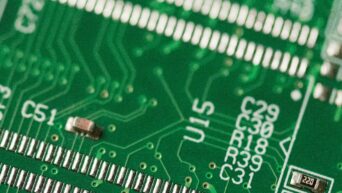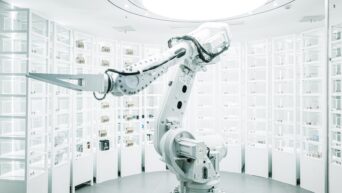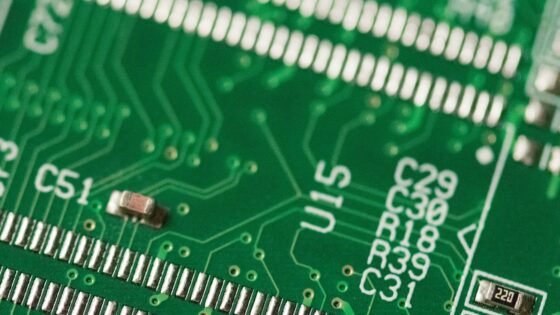It is officially possible to reverse brain cell degradation.
New research has revealed that brain cell dysfunction is caused by the brain stiffening with age. However, this research also revealed an interesting new method to reverse older stem cells to a much healthier and younger state. The study was published in the latest edition of Nature.
As we age, our muscles and joints become very stiff, which makes movements difficult. Our brains work the same way. This age-related brain stiffening has a tremendous impact on the function of brain stem cells.
A research team from the University of Cambridge studied old and young rat brains to understand how age-related brain stiffening impacts the function of oligodendrocyte progenitor cells, otherwise known as OPCs. To test this, researchers transplanted OPCs from the older rats into the more malleable brains of the young rats. Once the transplant was complete, the older brain cells were rejuvenated and behaved like the younger cells.
To fully understand how cell behavior is influenced by stiffness, researchers investigated the protein Piezo1. Piezo1 is found on the cell surface, notifying the cell as to whether or not the surrounding environment is soft or stiff. They noticed that when they grew young and functioning brain stem cells on stiff material, the cells became dysfunctional and lost the ability to regenerate.
When Piezo1 was removed from the surface of the aged brain stem cells, researchers were able to trick the cells into perceiving a soft surrounding, even though they were growing on a thick environment. With the removal of Piezo1 in the OPCs, the cells were able to rejuvenate.
This information is particularly revolutionary for people who have MS. MS is painful, relentless, and disabling. This thought that the process could be reversed gives researchers a new target to address MS issues. If it works, MS patients could potentially regain functions taken from them by their condition.

































